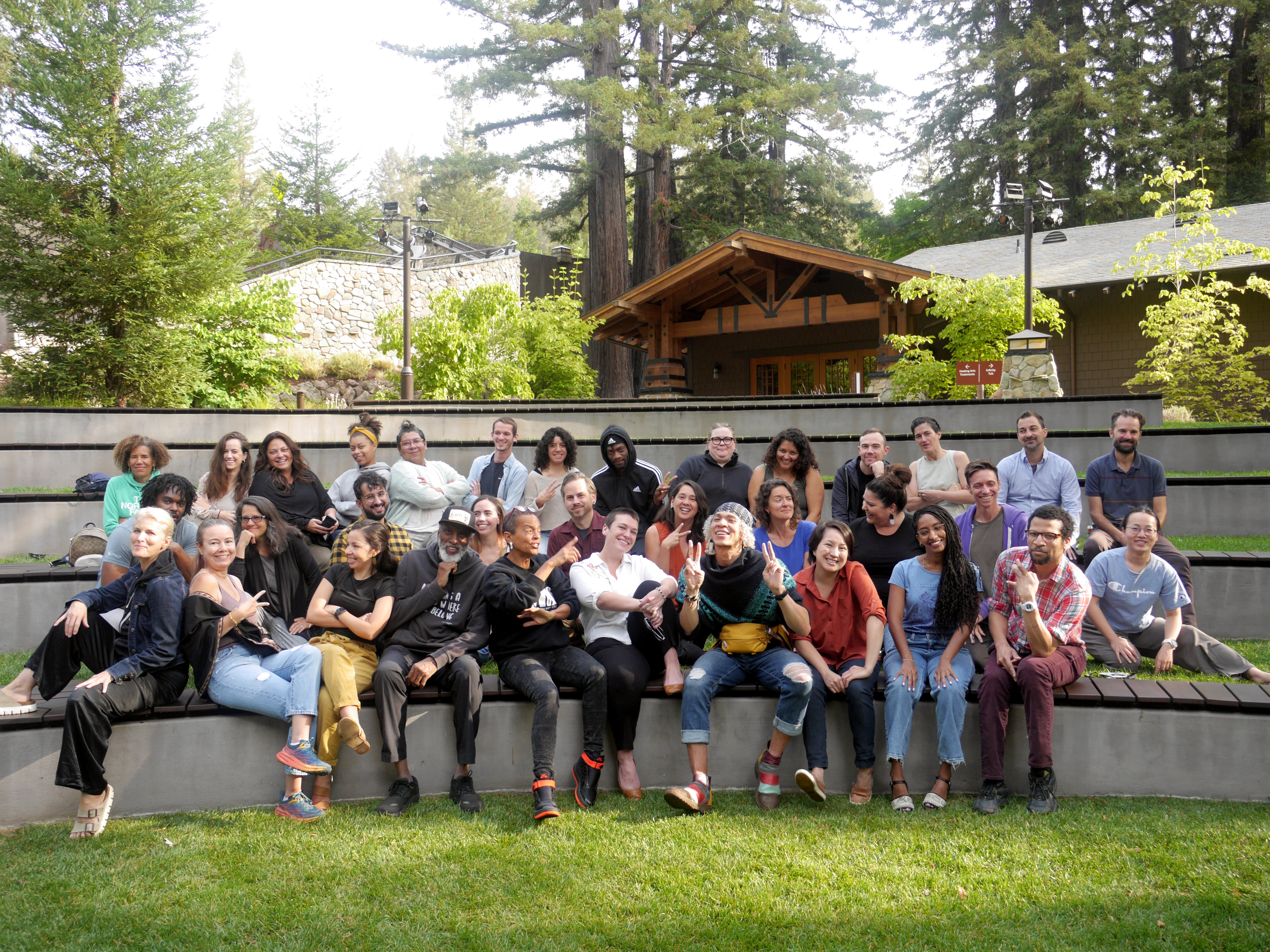March 4, 2015
By Stephen Menendian
As I wrote over a year ago, the “tragedy of Trayvon Martin perfectly captures this nation's deepest race problems, and yet almost no one is talking about what those problems really are.” The trial itself, the media narratives (both pro-Zimmerman and anti-Zimmerman), and the pundit analysis all miss the larger more critical issues revealed by this case.
For instance, the question of whether George Zimmerman is a racist is beside the point. Even if the jury had decided that Zimmerman was a bigot of the first order, and instigated the fight based upon conscious or unconscious racial stereotypes, it may have proved irrelevant to the decisive legal issue of self-defense under Florida law, which allows an initial aggressor to use deadly force in the middle of an altercation. But it’s also beside the point in a larger sense as well. As I wrote last April:
The question isn't whether George Zimmerman is a racist. The question is what cultural cues, scripts and neighborhood arrangements prompted Mr. Zimmerman to view Trayvon as suspicious.
The question isn't whether Mr. Zimmerman is a bigot, but rather what hostile territorialism or defensive neighborhood protectionism generated a misguided sense of responsibility to zealously pursue Travyon despite being told by the police to back off?
The question isn't whether Mr. Zimmerman was chasing down Trayvon like a vigilante, but what anxieties contributed to a combustible situation?
The question of whether George Zimmerman is racist is beside the point because the system is racist. And I don’t just mean the criminal justice system (which Michelle Alexander calls “the New Jim Crow”), but the larger set of structures of which it is a component part.
The questions I posed above have answers. It is deep structural forces, like pervasive patterns of residential racial segregation and subconscious implicit biases which make black youth seem outsiders or criminally suspect in private, largely white gated communities that are at issue.
The production of racial inequality in contemporary America is less a result of individual racial prejudice than a product of culturally embedded, subconscious racial associations, and metropolitan patterns and neighborhood arrangements which distribute opportunity unevenly across space.
Neither the questions I posed nor the answers I just suggested are a prominent part of the Trayvon Martin narrative. Yet, they are visible everywhere. As just one example, consider the dramatic testimony of Rachel Jeantel’s and the controversy over it. As one commentator observed, Jeantel is “a 19-year-old high school student of Haitian descent who knows nothing more than the few block radius she has grown up in. The cultural differences [between her and the jury] are exponential.” While Jeantel became the target of racist commentary and much scorn, few seemed to explicitly question – let alone critique -- the arrangements that might produce such a cultural gulf: how segregated housing and educational systems might generate cultural misunderstandings between a young black woman, who grew up in a racially and economically isolated environment, and a predominately white jury. Similar misunderstandings and cultural miscues may have played a role in the confrontation between Trayvon and George Zimmerman and its escalation.
Our metropolitan areas are so segregated and jurisdictionally fragmented that traveling a few blocks might mean a different world in terms of race, class, opportunity and cultural milieu. What made Trayvon suspicious to George Zimmerman, I believe, are patterns of concentrated poverty and segregation that generate the different worlds that the jury and Ms. Jeantel inhabited. These patterns of segregation reinforce racial stereotypes, by rendering young black men outsiders and, therefore, criminally suspicious.
What troubles me even more is that, as a society and nation, rather than pursing policies that promote inclusion and address these racialized structures and patterns, we are busy dismantling them. Rather than improving conditions that led to the death of Trayvon Martin, we are exacerbating them.
Just a few weeks ago the Supreme Court struck down a critical provision of the Voting Rights Act on the false premise that race no longer matters – that it no longer justifies federal oversight of southern states. The Supreme Court is set to hear an equally important case this fall to decide whether government housing decisions that produce a discriminatory impact can be challenged under the Fair Housing Act. Given this Court’s track record, it seems poised, if not eager, to take away this right. Disparate impact litigation in housing is one of the few remaining tools for addressing patterns of residential segregation.
In focusing on the wrong question, commentators like Slate’s William Saleton miss the larger point. The trial of George Zimmerman is not just about George Zimmerman and Trayvon Martin, just as the brutal murder of Emmitt Till was not just about Emmitt Till. Emmitt Till’s murder exposed a system of Jim Crow terror and injustice to the world. Similarly, Trayvon Martin’s death exposes an equally unjust system rooted not in bigoted individual racism, but structural inequality with a profound racial dimension.
The peaceful protestors now in the streets of this nation are not protesting merely against a jury verdict they disagree with, but a system they understandably view as unjust. The urban disorders of the late 1960s investigated and famously reported by the Kerner Commission were not merely a response to a particular precipitating incident, such as the killing of Vietnam veteran Danny Thomas by a White gang in Detroit, but a long pattern of injustice triggered and brought into focus by a precipitating event. Similarly, the Trayvon Martin protests now gathering across this country are motivated by a broader view of the injustice in our system.
A single case of injustice would hardly be enough to generate this kind of ground swell or resonate that broadly. The tragedy of Trayvon Martin moves us because its senselessness brings into dramatic focus the impact of an unjust system on yet another young life.




